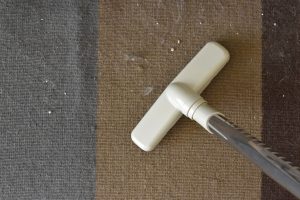When scooping the litter box, having a blend of clumping and non-clumping litter can make a stinky mess.
But is it actually harmful to mix the two types?
Or can your cat potty successfully in a combo litter box?
The short answer is no; you should avoid mixing clumping and non-clumping cat litter types together in the same box.
Let's dig into the potential perks and pitfalls of this litter mix.
Clumping vs. Non-Clumping Litter
There are two main types of cat litter: clumping and non-clumping.
Both types have pros and cons.
Clumping Litter
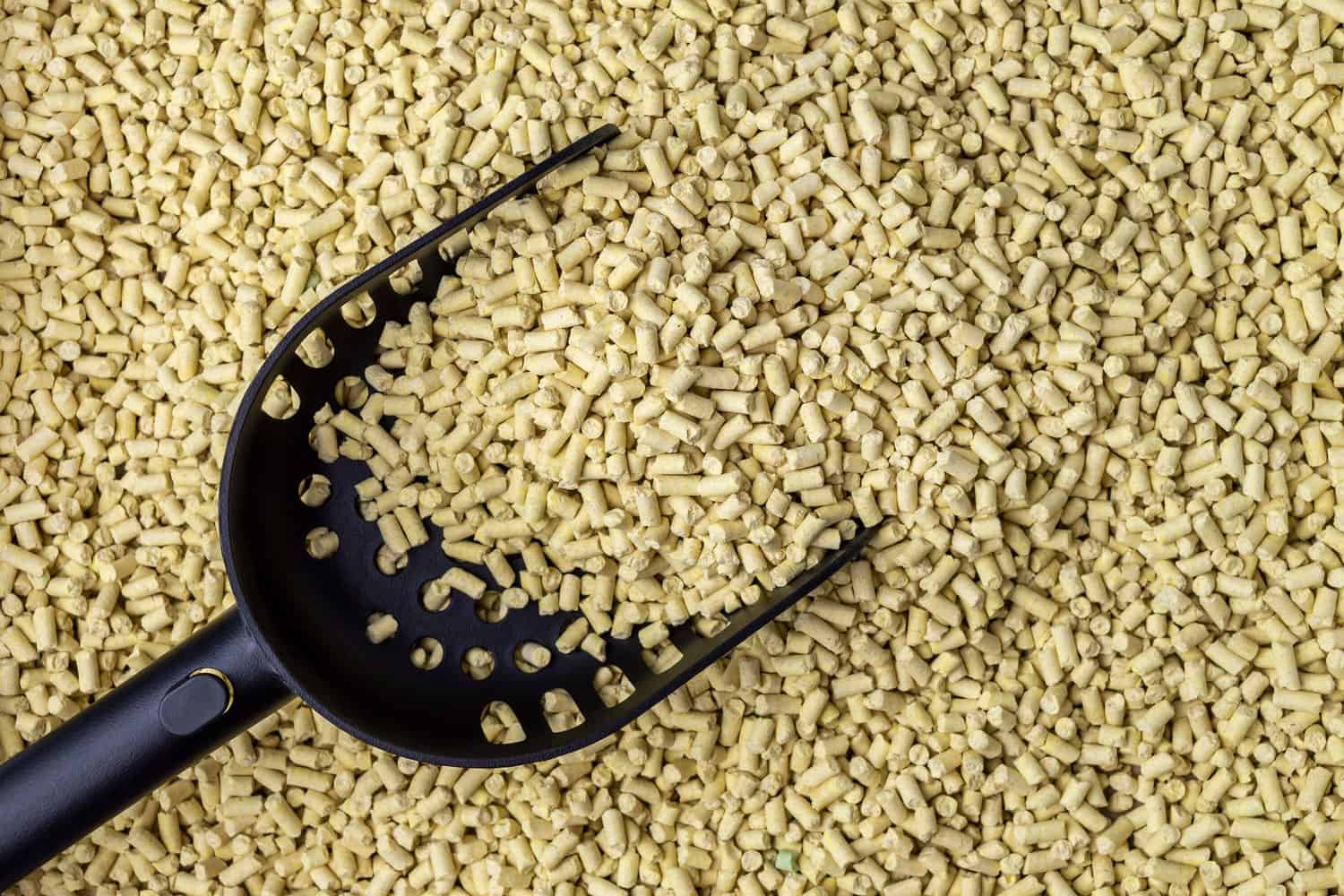
Clumping litter forms solid clumps when wet that make waste easy to scoop up and remove.
The clumps also help trap odor and moisture to keep the litter box smelling cleaner in between complete litter changes.
Common clumping litters include types made from clay, silica gel, and other proprietary clumping materials.
One downside is clumping litter can be dustier than non-clumping when pouring and can sometimes stick to cat paws.
Additionally, clumps may crumble and fall apart if not promptly scooped after use.

Click Here To See Clumping Litter On Amazon
Non-Clumping Litter
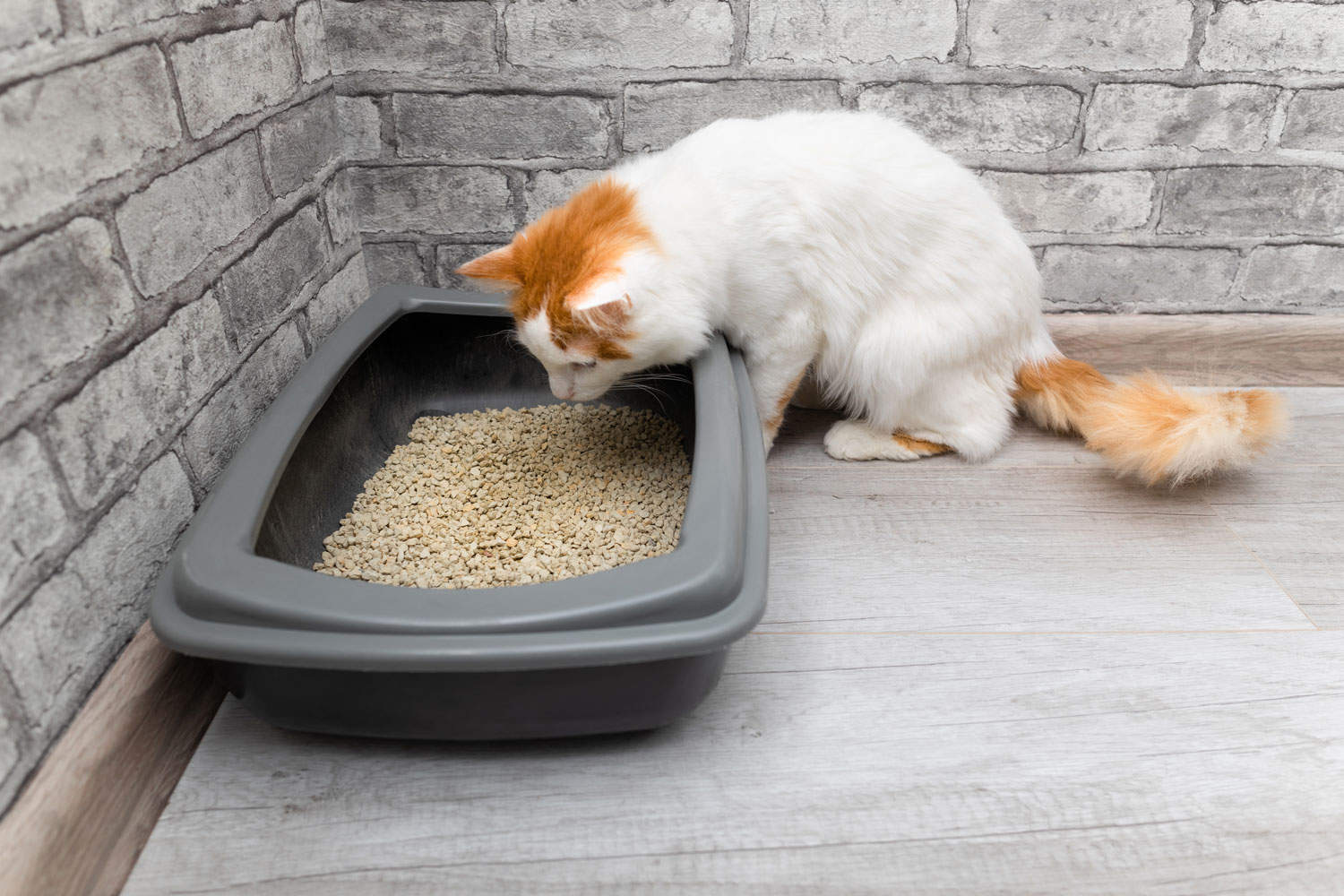
On the other hand, non-clumping litter absorbs liquid but does not form solid clumps.
This means all the litter must be fully changed out more often rather than just scooping waste. Non-clumping litter is usually made from materials like pine, wheat, or corn, which some cats may prefer over clay.
The benefits are that non-clumping litter produces no dust and rarely sticks to cat paws.
It also can provide decent odor control, though it requires more frequent complete litter changes since clumps aren't removed.
However, one downside is that non-clumping litter can more easily track through the house without clumps containing the mess.

Click Here To See Non-Clumping Litter On Amazon
Mixing the types may seem convenient - absorbency of non-clumping litter with easier scooping of clumping. However, vets advise against blending.
The Potential Pitfalls of Mixing
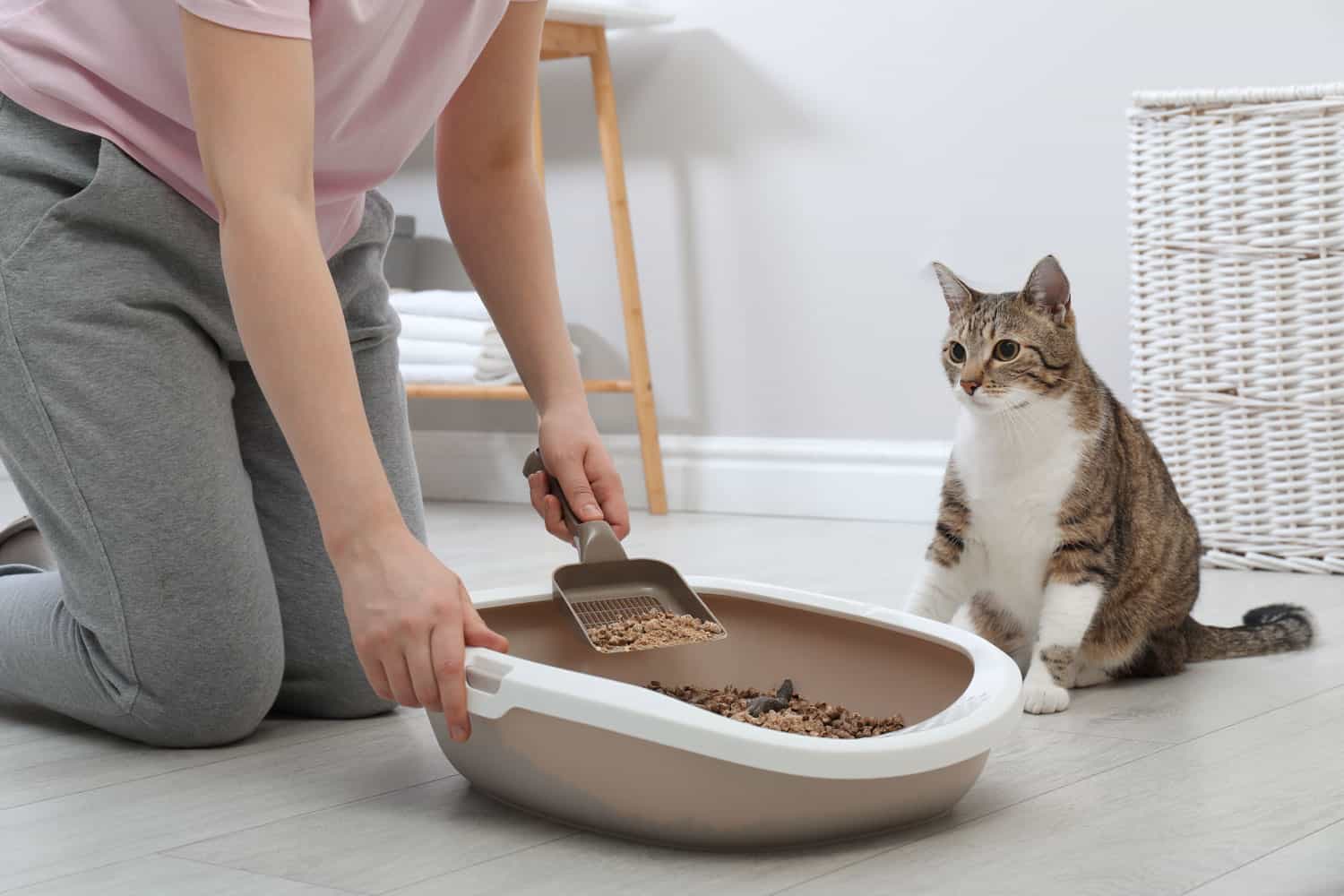
When mixed, the fine dust of non-clumping litter can coat the surface of clumping clumps.
This prevents them from hardening and makes scooping impossible.
The result? It's a sloppy, stinky mess of saturated litter. Some cats may even avoid the box entirely when the litter texture feels inconsistent under the paw.
Stick to One Litter at a Time
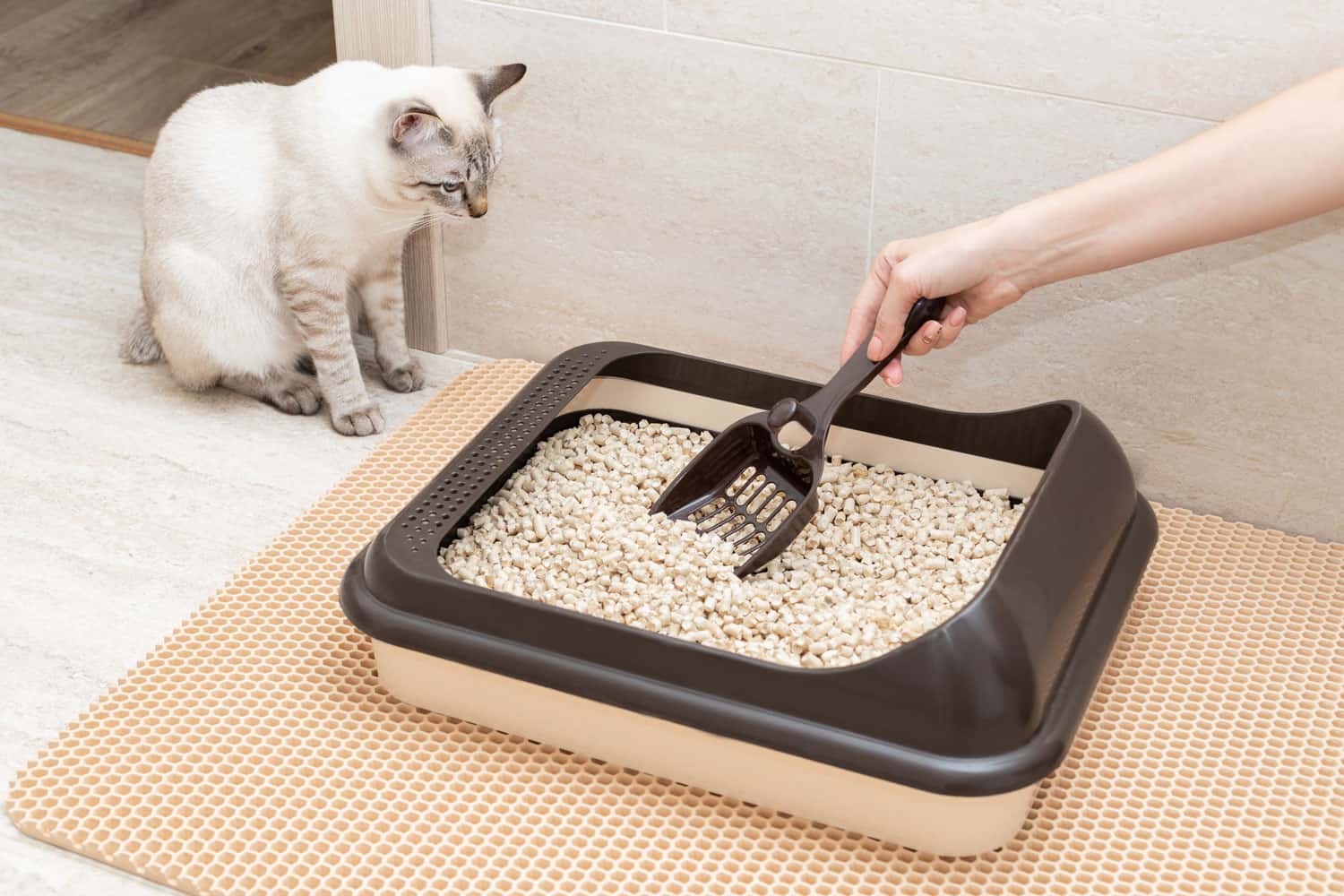
The takeaway? Pick either clumping or non-clumping litter and commit.
Resist mixing types for your cat's comfort and your own scooping sanity.
Transition gradually if switching litter to avoid shocking your cat's senses.
As always, scoop daily and change the litter altogether every 1-2 weeks for maximum freshness!
Why It's Critical to Replace Cat Litter
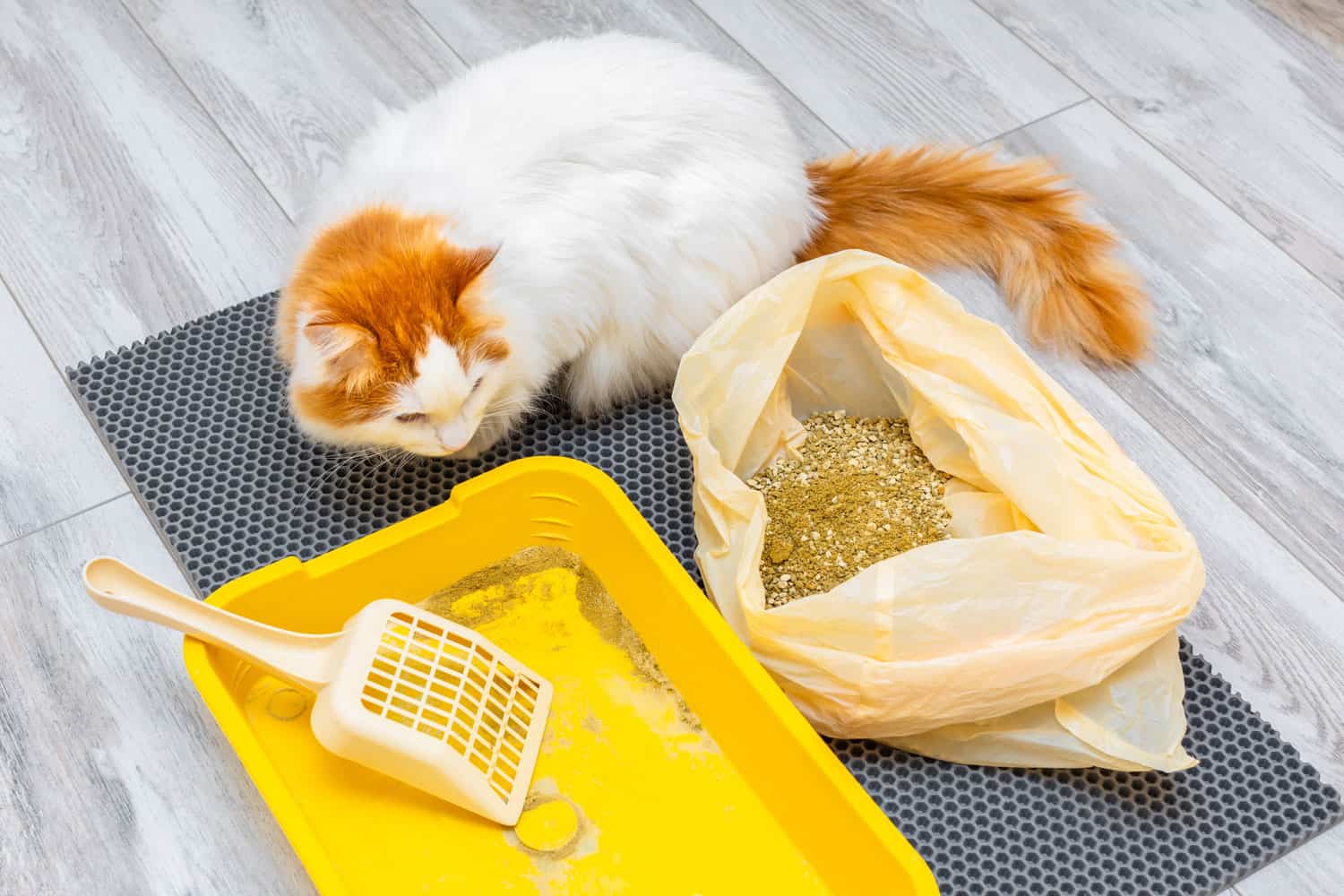
Regardless of the type of cat litter you use, it's critical to completely replace the litter every 1-2 weeks for your cat's health and your home's cleanliness.
Over time, ammonia from urine collects in the litter, leading to built-up odors. Bacteria, parasites, and mold can also thrive in old, dirty litter.
Cats dislike foul smells and odd textures, so failing to swap litter regularly can discourage them from properly using the litter box.
Additionally, the dust and ammonia in the stale litter can irritate cats' respiratory tracts and airways.
And the smells from an unclean box permeate the environment, making your home smell stale and unpleasant.
By scooping the litter box daily and then fully replacing the old litter every 1-2 weeks, you effectively remove odor, germs, and waste that accumulate.
Maintaining this litter-changing routine keeps your cat happy and healthy and keeps your house smelling fresh.
Proper litter replacement is essential!
FAQs: Mixing and Matching Cat Litters
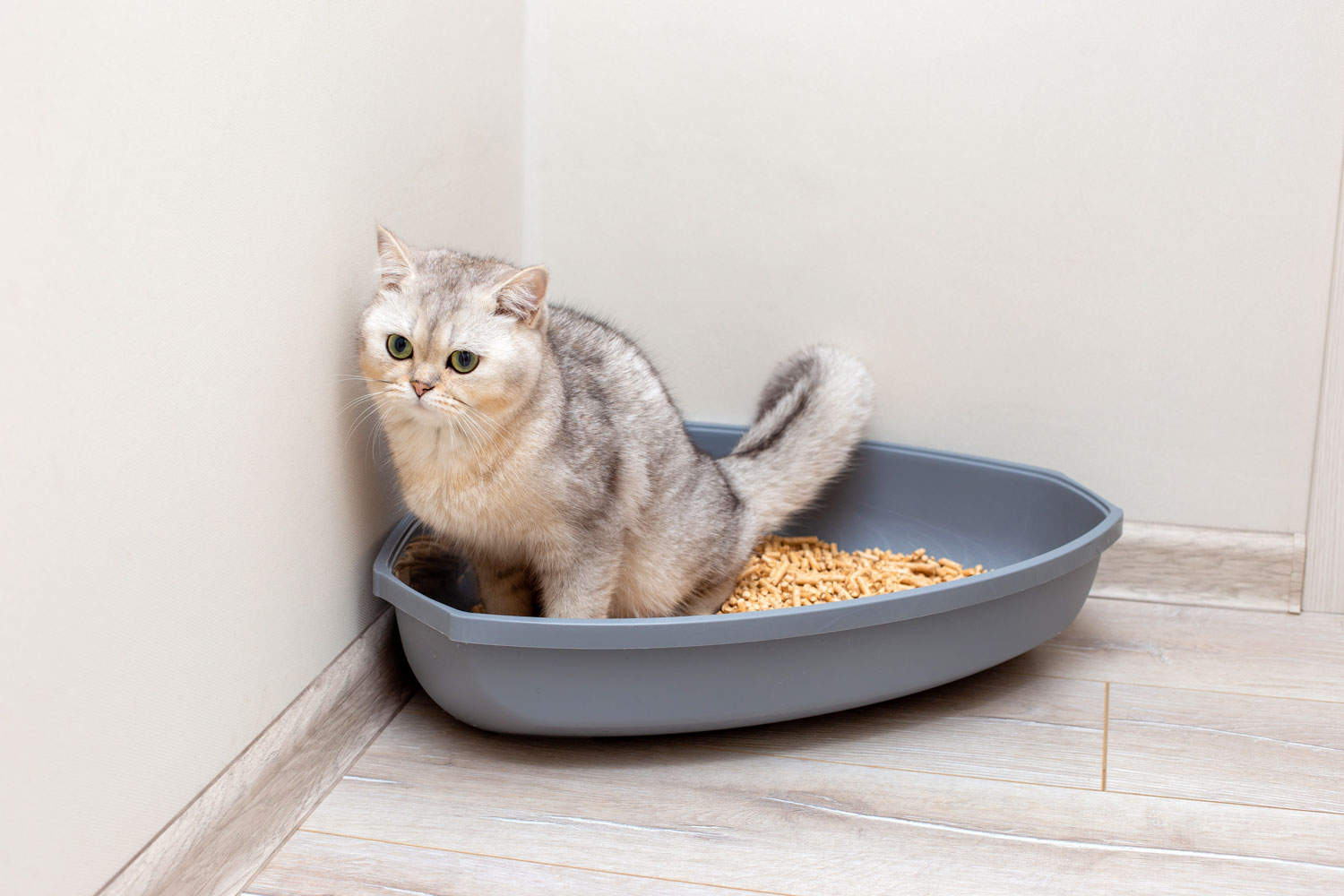
When considering mixing clumping and non-clumping litters, many cat owners are filled with questions.
We'll tackle some of the most frequent inquiries here to guide you in making the most informed choice.
Is it more cost-effective to mix clumping and non-clumping litters?
While it might seem like you're getting the best of both worlds, mixing can often lead to waste, especially if the litters don't combine well. It's typically more efficient to choose one and use it consistently.
Will my cat react differently if I mix the litter?
Cats can be sensitive to changes in their environment. A sudden mix might throw them off, leading to possible litter box avoidance.
Can mixing litter help control odor better?
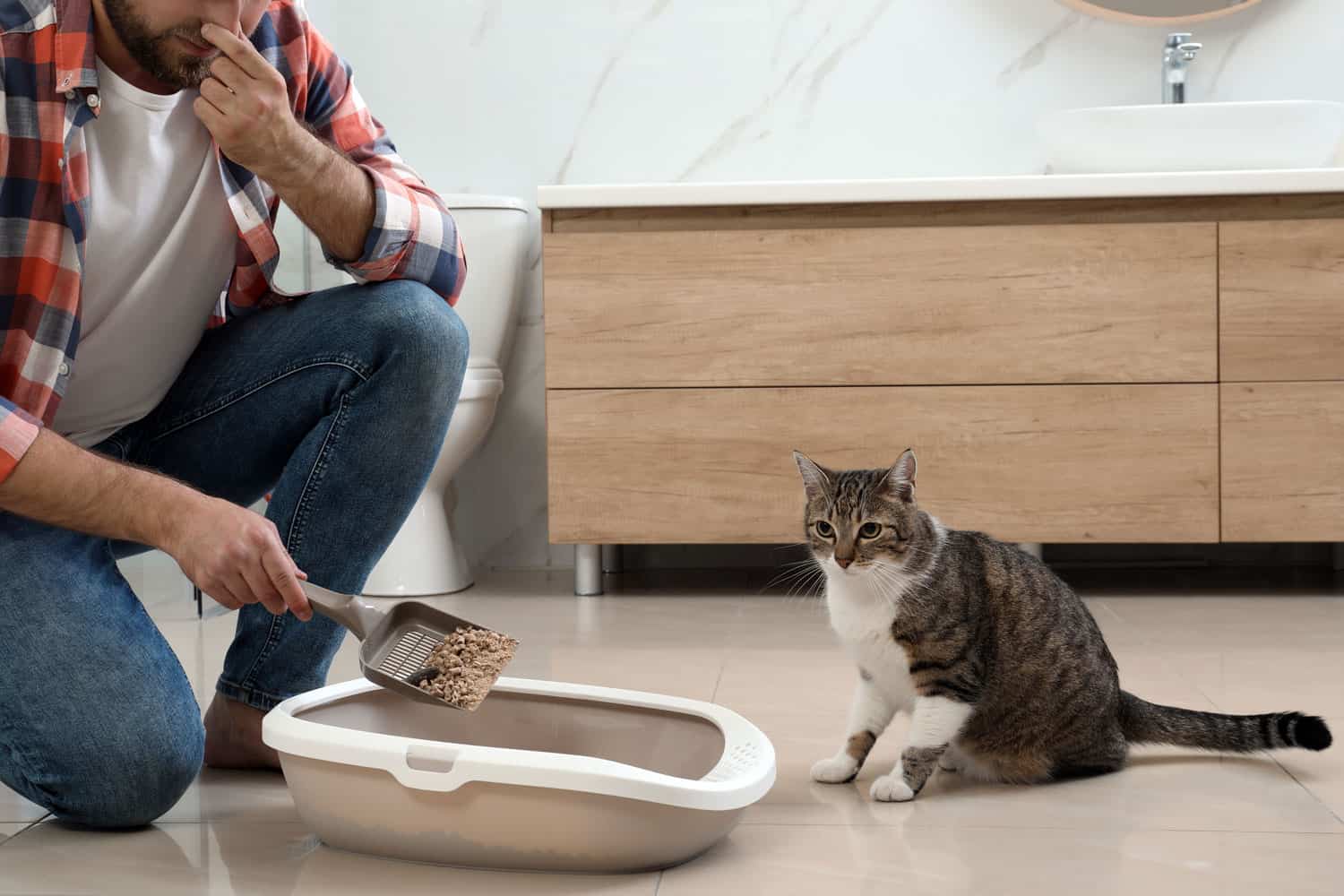
While both types aim to control odor, mixing them might counteract their individual benefits, leading to less effective odor control overall.
Is there a health risk to my cat if I mix the litter?
While not directly harmful, mixing can lead to an inconsistent texture, which some cats might find off-putting. Always monitor your cat's behavior when making changes.
If I've already mixed the litter, how should I transition back?
If you've mixed and want to revert to one type, gradually increase the proportion of the preferred litter type over a week until the mix is phased out.
Final Thoughts: To Mix or Not to Mix
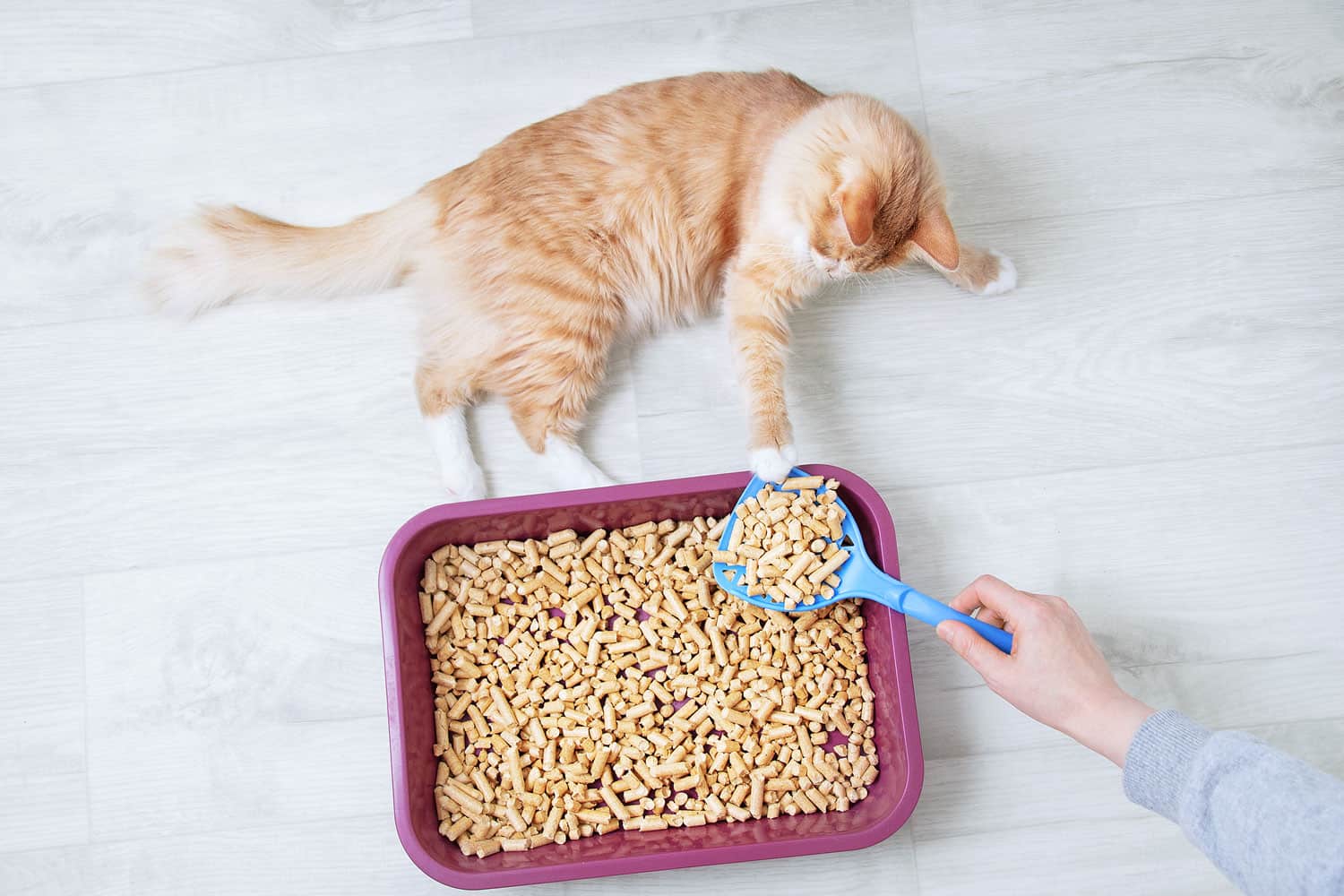
The cat litter world presents myriad options, but when it comes to mixing clumping and non-clumping varieties, it's clear that sticking to one type offers more benefits.
The consistency ensures that you and your cat won't be met with unpleasant surprises during clean-up.
Remember, while experimenting can sometimes lead to pleasant discoveries, it's the cat's comfort and the cleanliness of their environment that should always come first.
Stick to what works; you'll have a content cat and a fresh-smelling home!
For more fresh kitty care tips, read:
My Cat Keeps Stepping In His Poop In The Litter Box – Why And What To Do?

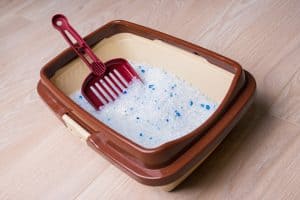
![cat examines kitty litter box with eco-friendly silicate litter - Can You Wash and Reuse Crystal Cat Litter? [Answered]](https://litter-boxes.com/wp-content/uploads/2023/08/cat-examines-kitty-litter-box-with-eco-friendly-silicate-litter-300x200.jpg)
